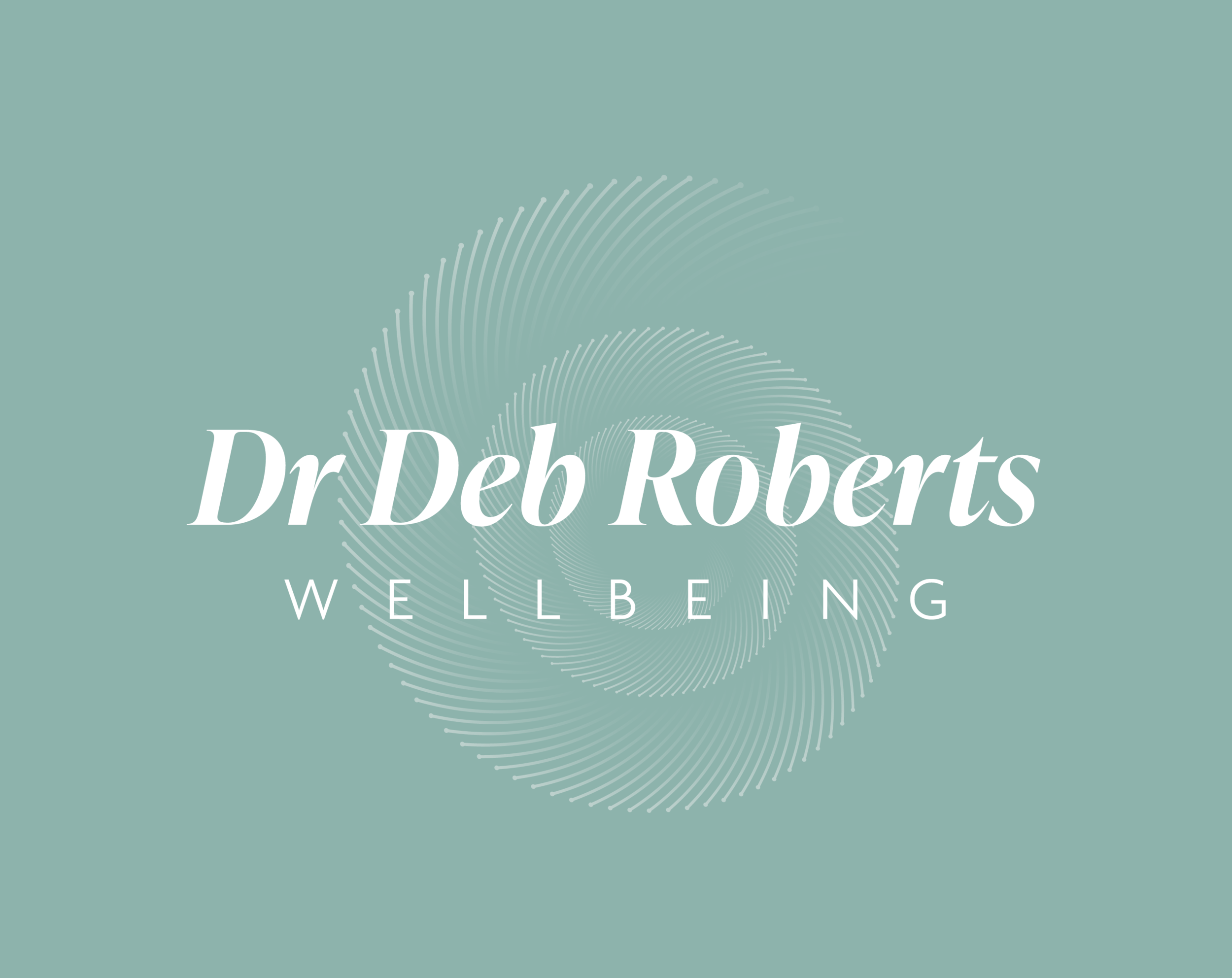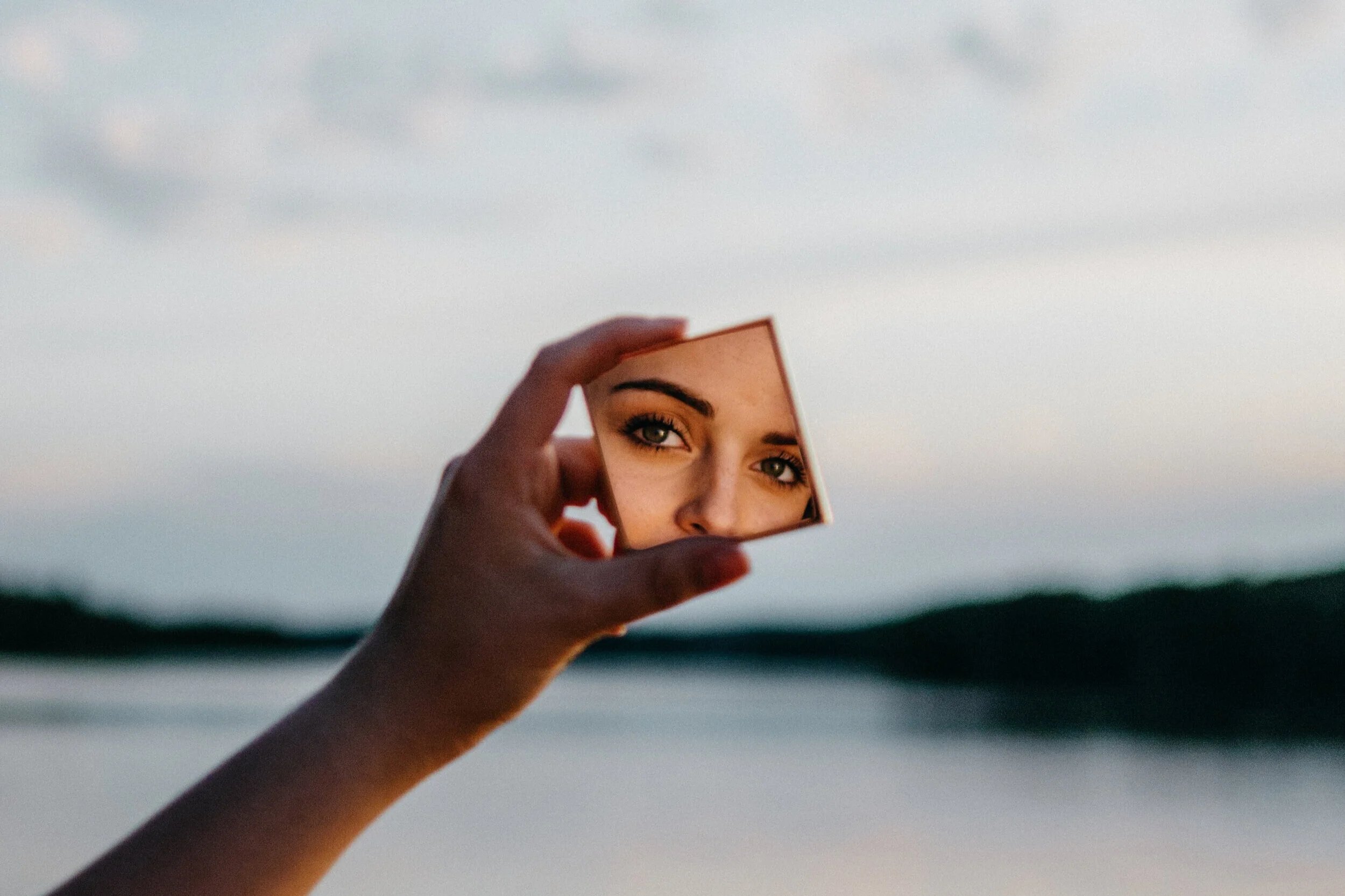Food as nourishment – balancing our impulses
‘Mirror, mirror what do I see? Is there a way to be kinder to me?’
…This is my story
Our relationship with eating, and food, is a relationship we will have for our entire life. The most basic reason to eat food is that it keeps us alive, but a more subtle and relevant reason is that it plays an important role in our physical and mental wellbeing. Therefore we should aim to have the best relationship with food we possibly can.
Sound reasonable? Well, my relationship with food hasn’t always been reasonable or one that offered me wellbeing. It’s been a relationship that has been a work in progress for as long as I can remember.
Body image is the perception that a person has of their physical self and the thoughts and feelings that result from that perception.[1] And my body image was distorted for a long time. I always felt that my food intake was something that I needed to control. I had a huge fear that if I didn’t control my food intake that I would become obesely overweight and that was going to make me miserable. Little did I know then that there were and are many overweight people much more genuinely happy than I was when I was underweight.
Whether you are a child, teenager, adult or in your ageing days, we all typically look at ourselves in the mirror on a daily basis. What do you see? Are you kind to what is reflecting back at you or are you more often the harsh critic?
There are many underlying reasons to how we respond to the above inquiry. The food we’ve consumed is just one factor. Our response may be related to age and stage, family patterns, historical events, peers, the media, or whether we’ve exercised today. It’s been scientifically proven that there is a positive relationship with mental health after exercise. As endorphins and serotonin are released in the brain, we often experience mental relief. So looking in a mirror after exercise can be more pleasing. It also depends on how we are feeling, if we are upset or anxious about something, or just attained a personal or professional milestone.
What I see when I look in the mirror is healthier these days compared to my childhood and teenage days but I was recently triggered by a feeling from the past when I saw a skeletal figure on social media. My stomach gripped deeply as if bracing for a punch straight in the gut – an uncomfortable feeling with an incessant bottomless ache. Although it is not me in the picture, all I could see was an earlier version of myself as a teenager that is unhappy, underweight and quite possibly malnourished.
Childhood
One of my first memories with food is being told that I eat excruciatingly slow. My parents’ solution to this was to put the oven timer on and I was warned I’d be spanked if it went off. I can’t recall if I was actually ever hit, but let’s just say setting a timer does not usually contribute to a greater relationship with food!
My mother had always struggled with her weight and I saw this battle firsthand growing up, trying every diet, overindulging when on her own; her weight always fluctuating and the yelling and incessant arguments about her weight with my father. Although my mom’s battle with being overweight was a reality, and affected my relationship with food, I was never overweight and much of my life underweight.
I never was officially diagnosed or taken to a professional for it but you could probably say that I was borderline anorexic. The term formally known as anorexia nervosa is defined as “the persistent restriction of energy intake, intense fear of gaining weight and disturbance in self-perceived weight or shape. Individuals may control food and weight as a means of controlling areas of life that feel out of control, or as a way of expressing complex or concerning emotions.”[2] Yep, that pretty much sums up a portion of my life.
Teenage years
I often felt hungry because I simply hadn’t eaten enough. A usual routine was a small bowl of cereal then at lunch an apple (I remember having a banana cake to splurge but always felt guilty) and nothing else until dinner. I exercised a lot too often expending more energy than what I was consuming with food. When no one was looking, I occasionally raided the pantry or a buffet at an outing, especially the homemade desserts. The guilt was overpowering and the inner conversation was intense. I would feel accomplished at dinner if I didn’t eat much and went to bed hungry many evenings.
I remember a best friend sitting in a carpark with me saying ‘Deb, look at your hands, they are skeletal’ and a school dance teacher saying ‘Deb, you are way too skinny and look anorexic.’ I had always been naturally thin but the irrational fear of being overweight was all consuming.
At a certain point, I can remember my mom coming upstairs and for some reason I was in my sisters room (she was already at university) and she drew two images of a person on piece of paper and drew stick figure legs on one and the other with a natural curved thighs. She asked which I thought looked better. I picked the stick figure legs without hesitation. She tried then to educate me that women naturally have curves and that this was healthy but I did not agree.
Teenage years are not easy. We are growing into ourselves literally but our brains are still forming. We are often influenced by our peers and those we perceive have the traits we desire, whether they are actually positive for us or not. Body image is one of these.
In those days, I controlled food like the fiercest lieutenant or captain and would guard what went in my mouth down to the teaspoon of oil used to grease a pan. Simply put, I intensely feared the weight gain like it was a fatal disease. I was very harsh on myself and the narrative in my head was particularly cruel.
What I saw in that social media image was someone of influence in our community who if I was following when I was 16, I would have definitely admired as having the ‘ideal’ body shape.
This body shape is not now what I would refer to as a healthy body weight or image whatsoever. However, it’s not the actual picture so much, but the response and the reflection of ourselves that we see in the picture that matters.
Adult self
My relationship with food has greatly improved and have benefited the most from being a life-long learner as well as a dedicated yoga and meditation practitioner. I have been able to come to a much more positive relationship with food and body image.
However I’ve experience bouts of anxiety and depression over the years since being a young adult and sometimes it’s stopped me in my tracks. It has included spending time in hospital as well as a residential therapeutic clinic. I’ve had the more typical psychiatric and psychological treatment plus newer modalities such as TMS, EMDR, equine therapy and intergenerational family therapy, and ECT. A lot of treatment!
At one of the more holistic facilities, I was provided with nourishment through food. It was the one distinguishing feature of the clinic that unequivocally I’d say provided me with true healing. It was literally a life line for me. There was a residential chef who prepared many healing recipes. I’ve tried to emulate some but haven’t come close to the love and care with which it was made and provided for those of us staying there. I will never forget this life lesson in food as genuine nourishment.
What I try to see today is a beautiful physical form with a little more body curve than years past. I see some lovely lifelines around my eyes and on my forehead and I tell my kids I’ve certainly earned every one of them!
I see a woman who has been a corporate polished professional and other times comfy all day in active gear. I see a devoted but sometimes exhausted wife, mother, family member and friend. Sometimes I can even see my own mother in the mirror, but it’s actually me and have to do a double take.
What my adult self knows now, that I wish I knew as a child and teenager, is that it’s vitally important to distinguish between food as genuine nourishment versus food that is emotionally consumed or withheld in order to try to control something (we think) we can.
I enjoy eating for nourishment and do for the most part. I will happily admit and those close to me can attest, I do sometimes indulge on homemade chocolate chip cookies and ice-cream, both of which I absolutely love and appreciate wholeheartedly.
With 30 years of hindsight and life experience I can better understand the pain and fear that influenced my 16 year old self and now can confidently say ‘Deb, your physical body is only one layer of you, and it is important to feed the body adequately so you have energy to expend where you want it.’
A healthy body image is vital and it’s also complex and uniquely influenced by internal and external causes. A mixture of genes, environment, country of origin and culture, family, peers, the media and internet all play a role in how we perceive ourselves including our body image. What we see in the mirror is very often not what others see, and although others can see our beauty, there are many times that we cannot. If we acknowledge we might be seeing a skewed version of ourselves and sometimes an unhealthy one, we can utilize this awareness and seek support. We are all worth it.
These days I do a lot of mindful breathing, slowly breathing in and out. I repeat phrases (or mantras) encouraging friendliness to self. Today ‘I let go of what doesn’t serve me, and accept nourishment that is healthy for my mind, body and soul.’ I see my reflection in the mirror and vow to be kind to myself.
Until next time.
Deb
For anyone seeking support with body image issues in Australia, you can contact Butterfly’s National Helpline Call 1800 33 4673, email the Helpline, or use webchat.
In the USA, tools and resources may be available at www.nimh.nih.gov/findhelp to find a provider or treatment.
Or you can seek related eating disorder / body image support agencies in your country or region of the world.
[1]https://thebutterflyfoundation.org.au/understand-eating-disorders/body-image/
[2]https://www.nedc.com.au/eating-disorders/eating-disorders-explained/types/anorexia-nervosa/

